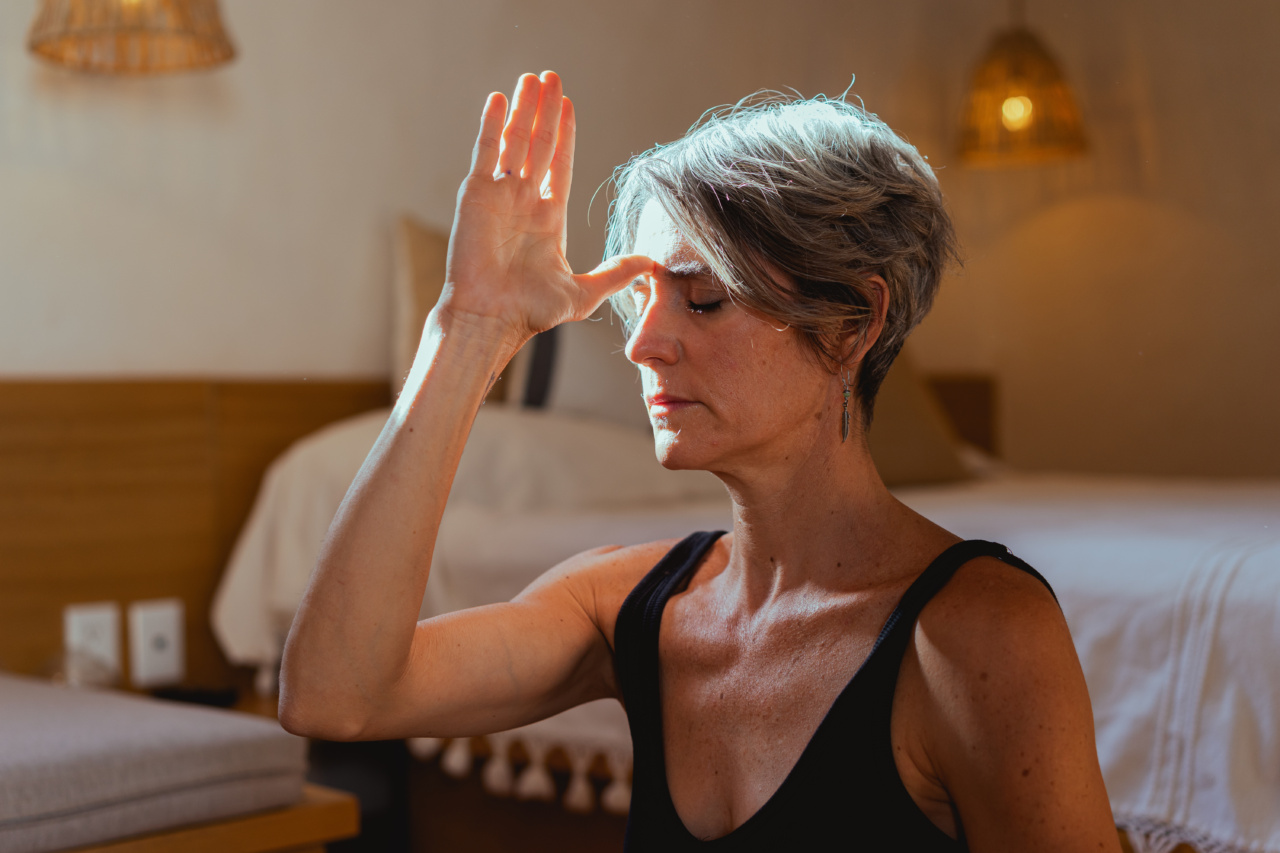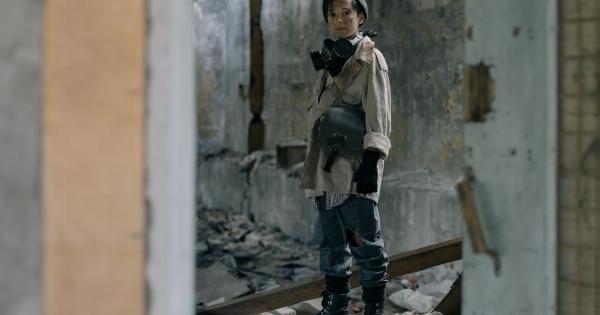Osteoporosis is a silent disease that affects millions of people worldwide. Often referred to as the “silent culprit of aging bones,” this condition weakens the bones, making them more susceptible to fractures and breaks.
Despite its prevalence, many people are unaware of the impact osteoporosis can have on their overall health and quality of life. In this article, we will delve into the causes, symptoms, risk factors, and treatment options for osteoporosis, shedding light on this often overlooked condition.
The Role of Bone Health in Our Bodies
Before we explore osteoporosis further, it is essential to understand the critical role bone health plays in our bodies. Bones are not merely static structures; they are dynamic and renew themselves continuously.
Bone is made up of living tissue, with cells responsible for building new bone (osteoblasts) and breaking down old bone (osteoclasts).
During childhood and early adulthood, bone mass increases faster than it breaks down, resulting in larger and denser bones. However, as we age, this balance begins to shift, and bone breakdown overtakes bone formation.
By the time we reach our mid-thirties, most people have reached their peak bone mass. From there, bone density gradually decreases, making them more vulnerable to fractures and other bone-related issues.
Understanding Osteoporosis
Osteoporosis is a condition characterized by decreased bone density and a deterioration in bone structure, leading to weakened bones.
While bones are typically strong and withstand everyday stresses, those affected by osteoporosis become fragile and prone to fractures.
This silent disease often progresses without any noticeable symptoms until a fracture occurs. Common areas where fractures typically occur include the spine, hips, wrists, and ribs.
Even minor falls or bumps can result in serious injuries for individuals with osteoporosis.
Identifying the Symptoms of Osteoporosis
As previously mentioned, osteoporosis is a silent disease, and symptoms may not be evident until a fracture occurs. However, some individuals may experience warning signs such as:.
- Loss of height over time
- Back pain, often caused by collapsed vertebrae
- Stooped posture or a hunched back
- Frequent bone fractures, even from minor accidents
If you experience any of these symptoms or are concerned about your bone health, it is crucial to consult with a healthcare professional who can assess your condition and recommend appropriate diagnostic tests.
Risk Factors for Osteoporosis
While osteoporosis can affect anyone, certain factors can increase an individual’s susceptibility to the disease. These risk factors include:.
- Age: Osteoporosis primarily affects older adults, especially women after menopause.
- Gender: Women are more prone to developing osteoporosis than men.
- Family history: A family history of osteoporosis increases the likelihood of developing the condition.
- Low estrogen levels: Women with early menopause or those who experience extended periods of amenorrhea are at higher risk.
- Low calcium and vitamin D intake: Inadequate calcium and vitamin D intake can weaken bones.
- Sedentary lifestyle: Lack of physical activity and exercise contributes to decreased bone density.
- Smoking and excessive alcohol consumption: Both these habits can negatively impact bone health.
- Certain medical conditions and medications: Conditions such as rheumatoid arthritis, celiac disease, and the use of corticosteroids can increase the risk of osteoporosis.
Understanding these risk factors can help individuals take proactive measures to prevent or manage osteoporosis.
Prevention and Treatment Options
Although osteoporosis cannot always be completely prevented, there are steps individuals can take to reduce their risk and maintain healthy bones:.
- Ensure an adequate intake of calcium and vitamin D through diet or supplements.
- Engage in weight-bearing exercises, such as walking, running, or weightlifting, to help build and maintain bone density.
- Avoid smoking and excessive alcohol consumption, as they can contribute to bone loss.
- Speak to a healthcare professional about hormone replacement therapy (HRT) for postmenopausal women to help maintain bone density.
- Undergo regular bone density screenings, especially for individuals at higher risk.
If osteoporosis is already present, there are various treatment options available. The primary goal of treatment is to slow down bone loss, prevent fractures, and relieve pain. Some common treatment approaches include:.
- Medications: Several medications are available, such as bisphosphonates, hormone-related therapy, or denosumab, that can help strengthen bones and reduce the risk of fractures.
- Lifestyle changes: Regular exercise, a healthy diet rich in calcium and vitamin D, and quitting smoking can aid in managing osteoporosis.
- Physical therapy: Physical therapy can improve strength, balance, and coordination, reducing the risk of falls and fractures.
- Assistive devices: The use of assistive devices like canes or walkers can provide support and reduce the risk of falls.
- Fracture management: In the case of fractures, surgical interventions may be required to stabilize bones and promote healing.
It is vital for individuals with osteoporosis to work closely with their healthcare team to determine the most suitable treatment plan based on their condition and lifestyle.
Conclusion
Osteoporosis is a widespread, yet often overlooked, condition that affects bone health as we age. It can have severe consequences, including fractures and reduced quality of life.
Understanding the causes, symptoms, and treatment options for osteoporosis is essential for early detection, prevention, and management of this silent culprit of aging bones.






























